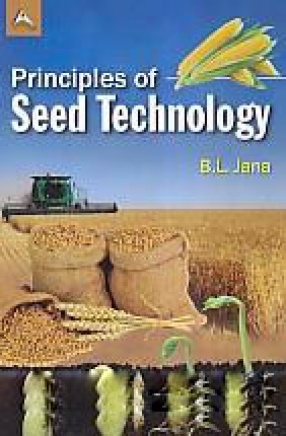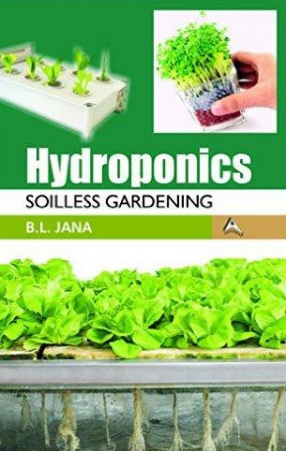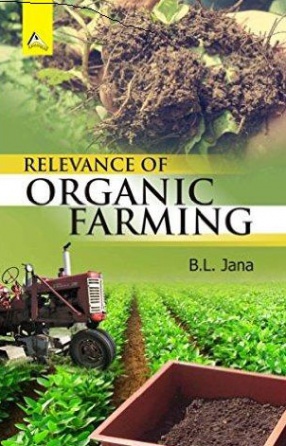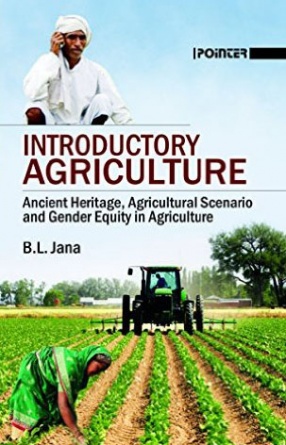Seed is the most basic and prime input of agricultural production, and is the most important component of all inputs used in agricultural crop productivity increase. Strictly speaking, seed is an embryo, a living organism embedded in the supporting or the food storage tissue. Its importance is given to the biological existence, whereas in grain the importance is given to the supporting tissue of the economic produce.
This book "Principles of Seed Technology" written in nine chapters, is the most important subject of Agricultural Sciences, which deals with Seeds and Quality Seeds, Seed Varieties, Production Techniques of Nucleus, Breeder, Founder and Certified Seeds, Maintenance and Multiplication of Pre-release and Newly Released Varieties in Self and Cross-pollinated crops, Seed Scenario and Seed Industry, Seed Viability, DNA Fingerprint on Identification of Crop Variety, Seed Certification, Hybrid Seed Production in Vegetable Crops, Seed Production and Seed Industry, Seed Supply as per Requirement of Major Crops in India, Indian Seed Sector-the way Forward, etc. supporting with research findings in depth.
Quality seed has played a pivotal role in India’s First Green Revolution (1967-1977) occurred during mid sixties. Now we need it for a Seed Green Revolution to meet the growing demand for our increasing population to be 1.7 billion (170 crore) by 2050, and we shall need to double our food production. The policy-led and Technology-led Growth have brought the most change in the scenario. We need for Enhanced Replacement Rate of Certified Seed for good future prospects, Investment towards innovation, application of Biotechnology to develop new improved crop cultivars, Promoting Hybrid Technology, Building Public Confidence, Partnership for Prosperity, Germplasm Exchange, etc which show us the way forward.
Contents: Preface. 1. Seeds and seed production. 2. Seed scenario. 3. Importance of using pure and healthy seeds. 4. Classes of seed. 5. Deterioration of crop varieties causes and maintenance. 6. Seed demand forecasting and planning for certified, foundation and breeder seed production. 7. India’s self, cross and often cross pollinated crop production performance. 8. Methods to maintain genetic purity of seeds. 9. The Indian seed sector. Selected bibliography. Index.








There are no reviews yet.